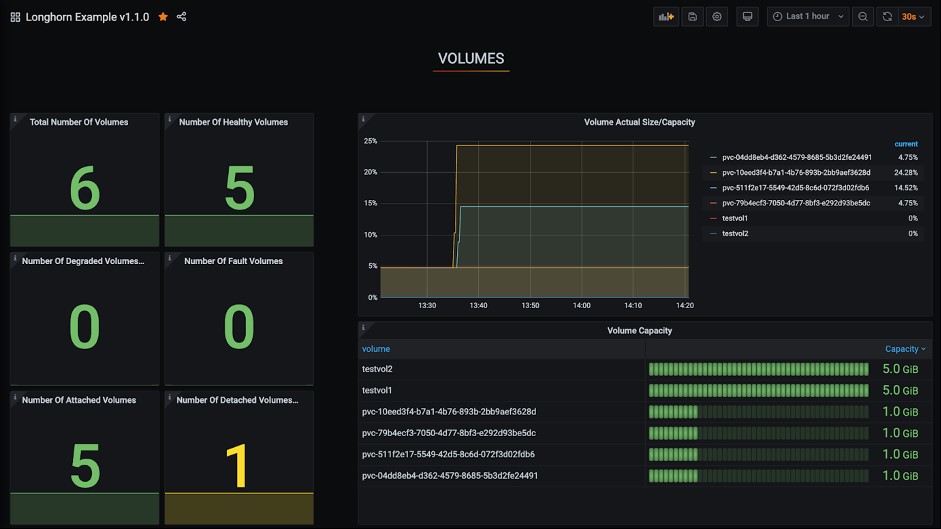SUSE Hails Update to Longhorn Storage Project
SUSE today is touting an update to the Longhorn file system software for Kubernetes environments that allows users to leverage a Kubernetes-native storage solution in low-powered hardware at the edge. Longhorn was originally developed by Rancher Labs, which was acquired by SUSE last year, and Longhorn is being advanced as a sandbox project under the Cloud Native Computing Foundation (CNCF).
Sheng Liang, president of engineering and innovation at SUSE and former CEO of Rancher Labs, says Longhorn 1.1 is a significant update because it adds support for ARM64 processors that will be employed widely in edge computing platforms. Those platforms are creating and collecting data that needs to be processed and analyzed in real-time on platforms that require some form of persistent storage to be present, Liang says.
Longhorn 1.1 also adds self-healing capabilities that will prove critical on edge computing platforms. Most IT teams are not going to be able to physically visit these edge computing platforms whenever an issue arises, Liang says. Longhorn also now comes with support for the open source Prometheus monitoring tool, also developed under the CNCF.
Finally, Longhorn 1.1 adds ‘ReadWriteMany’ support across containers to enable volumes to be read and written across multiple containers at any time; added support for a Container Storage Interface (CSI) Snapshotter tool that users can employ to create/restore backups via the ‘kubectl’ command line; and a Data Locality feature that keeps a storage replica local to the workload that can be accessed should network connectivity be suddenly lost.
In general, Liang says that while Kubernetes clusters were initially employed to primarily run stateless applications, the number of stateful applications running on Kubernetes clusters has increased sharply in the last year. Longhorn adoption has increased by more than 235% since it became a CNCF project, Liang says.
A recent survey published by the Cloud Native Computing Foundation (CNCF) found 55% of respondents have now deployed stateful container applications in production. Another 11% plan to deploy them in the next 12 months, while 12% said they are evaluating them. The survey suggests IT organizations are finally moving well beyond employing containers and Kubernetes to only run stateless applications.
Multiple approaches to running stateful applications on Kubernetes clusters are becoming more common as IT teams move to consolidate compute and storage management. So-called stateless applications eventually store data at some point on a storage system external to a Kubernetes cluster. The application is only stateless in the sense that data is not stored on the cluster. However, as IT organizations gain more Kubernetes experience, many are looking to reduce total cost by finally consolidating compute and storage management. That’s especially critical in the longer term, as Linux platforms, in particular, increasingly process storage at the kernel level, Liang says.
It’s not clear when compute and storage management will converge in IT environments running Kubernetes clusters. But, as Longhorn continues to mature, storage could quickly become a natural extension of a Kubernetes cluster.




